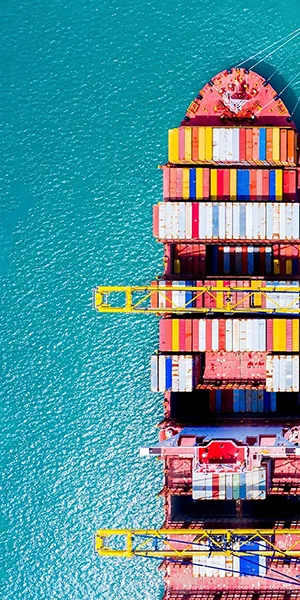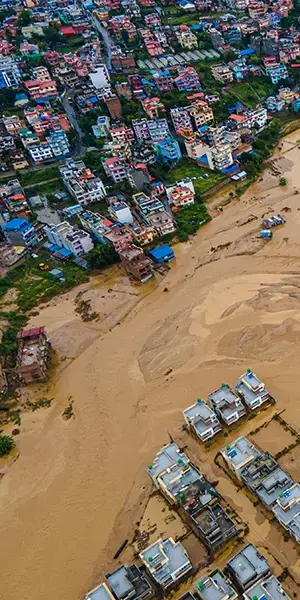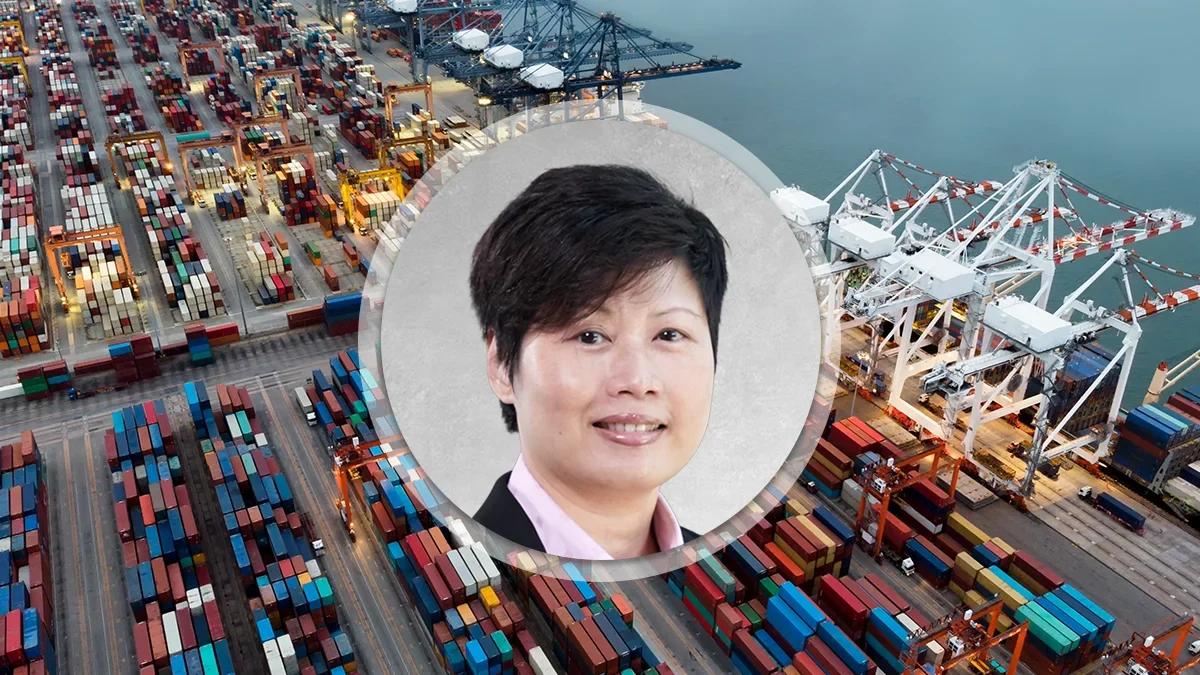(Re)in Summary
• Rapid growth of large, hybrid clean-energy projects in Asia Pacific is creating new risks.
• At SIRC 2025, energy leaders from ACEN, TotalEnergies, EY, and AXA XL emphasised the importance of (re)insurers engaging earlier with developers and lenders to help address these risks.
• The insurance industry was also urged to think beyond annual renewals and product silos to a portfolio and lifecycle approach, supporting multiple projects and new risk types.
• Regional energy ambitions, such as Singapore’s CCUS plans and major clean-energy investments by ACEN and Adani, provide examples of the importance of insurers being able to navigate cross-border and regulatory risks for the region’s energy transition.
(Re)insurers must continue to shift from a later-stage purchase to a “critical enabler” of financing and delivery as Asia’s energy transition moves into a larger, more complex phase, speakers said at AXA XL’s Thought Leadership Panel, held at the 21st Singapore International Reinsurance Conference (SIRC) 2025.
Energy leaders from ACEN, TotalEnergies, EY, and AXA XL noted that the rapid scale-up of clean-energy projects in the region combined with the increasing adoption of new technologies and hybrid systems is creating “unknown areas” of risk that demand earlier and closer collaboration among developers, lenders, and insurers.
“The evolution and scaling of technology in this space is going to continue, and that’s a continuous journey we need to challenge ourselves with,” says Vicky Roberts-Mills, Global Head of Energy Transition at AXA XL.
Off-takers, especially data centre operators, now demand detailed insurance requirements inside power-purchase agreements (PPAs), pulling insurers into earlier, iterative engagement.
To efficiently support the energy transition, insurers must break away from rigid annual renewal cycles, short-term capacity, and product silos, and instead adopt a portfolio-based, lifecycle approach that supports developers across multiple projects in the long term.
“We need to take a more holistic, client-centric aim around not just individual projects, but how you partner with clients across a portfolio of exposures.”
Early involvement of insurers and risk engineers in project design workshops helps ensure risk allocation among contractors, original equipment manufacturers (OEMs), and financiers is aligned from the start. JP Orbeta, Chief Risk Officer, Chief Administrative Officer, and Chief Human Resources Officer of ACEN Group, said developers often assess what risks to retain or transfer, including decisions such as building their own transmission lines to de-risk project timelines, and therefore seek insurers’ cost-benefit input early in the process.
Remote sites, where projects may require building jetties, mapping mountain roads for turbine-blade transport, and managing steep-terrain logistics, early engagement with risk engineers and insurers has proven decisive in overcoming practical challenges.
Orbeta also pointed to ACEN’s own coal-to-renewables transition in the Philippines, where the company plans to retire a 2015-commissioned, 246-MW coal plant by 2040, roughly 25 years ahead of schedule, replace its capacity with new solar and wind projects, and partner with regional players to develop transition credits that finance the shift.
Most insurer involvement currently focuses on the decommissioning phase, but clean-energy replacement and transition credits should also be included in coverage. Doing so would give insurers visibility across the full risk spectrum, from project development to retirement.
“The insurance product you buy should be the consequence of so many risk decisions at the point of purchase, not just a predetermined outcome,” Robert-Mills adds.
Beyond project-level challenges, regional ambitions are introducing new dimensions of risk. Singapore’s plan to position itself as a carbon capture, utilisation, and storage (CCUS) hub, for instance, adds cross-border, regulatory, and political complexities.
CCUS involves capturing CO₂ from industrial emitters, transporting it through pipelines, and either reusing or permanently storing it underground. Because captured CO₂ will likely be stored in neighbouring jurisdictions such as Indonesia or Malaysia, insurers will need to navigate transboundary regulatory frameworks and evolving liability regimes to ensure bankable and compliant coverage structures.
“Bankability, finance ability and insurability go hand in hand,” says Sanjeev Gupta, ASEAN and Singapore Energy Leader at EY-Parthenon.
Looking ahead to 2040, the Asia-Pacific is poised to lead the global renewables and decarbonisation drive. ACEN has secured AU$750m (US$472 million) in debt financing to accelerate its 13 GW renewable energy and storage pipeline in Australia, while India’s Adani Group has pledged US$100bn over five years toward clean energy investments, spanning renewables and pumped hydro.
To support this future, insurers should set a clear intent to lead the energy-transition agenda and then build the capabilities to deliver it. That means positioning insurance as an “enablement piece” in project finance and infrastructure development, not an afterthought.
“I want us to be leading the charge in the energy transition and infrastructure development,” said Roberts-Mills. “But also doing it in a way that really shifts the dial in how our clients and the wider industry think about risk.”

























